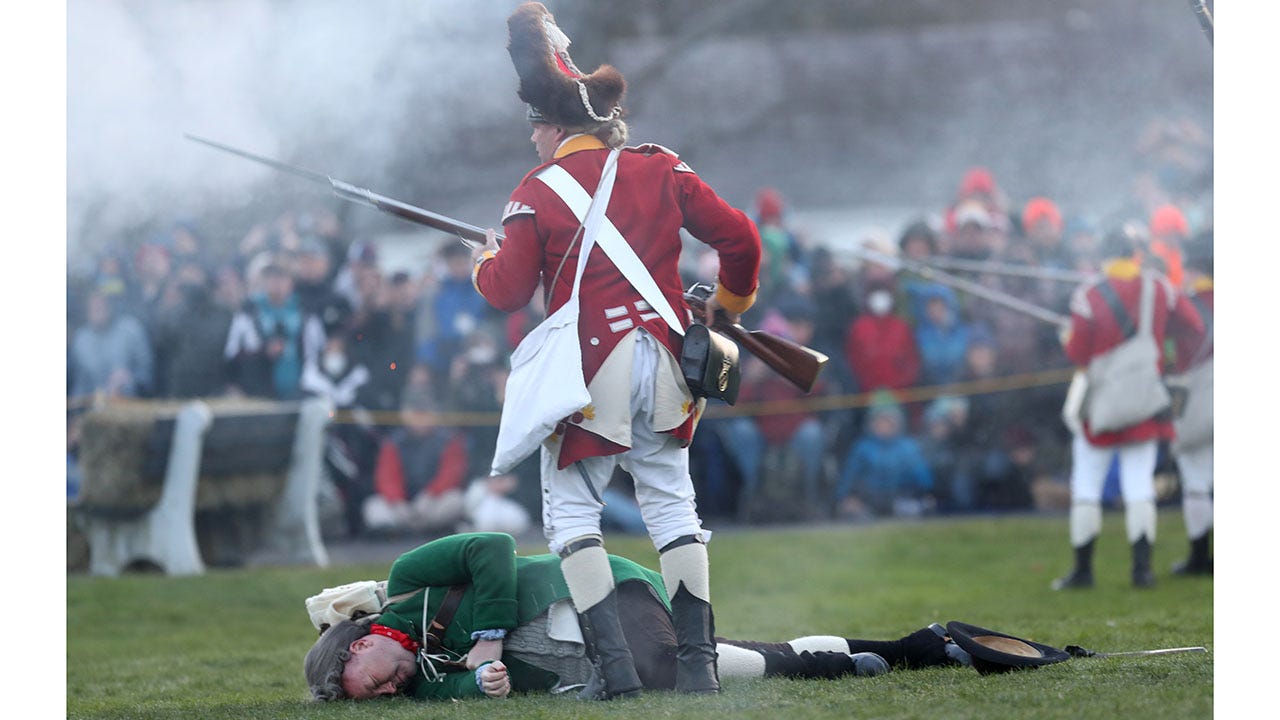Natives laid foundation for US special forces, helped Minutemen defeat Brits 250 years ago this month
Anniversary of 'Shot Heard 'Round the World' takes place on April 19
The fight for American independence began 250 years ago this month when the “Shot Heard ‘Round the World” was fired on April 19, 1775.

The Battles of Lexington & Concord were the start of open hostilities in the American Revolution after years of simmering conflict in Massachusetts. Road signs in Lexington today still tout 19-April-1775 as a “Glorious Morning for America.”
European colonists did not fight the battle, nor the war for independence, alone. The ideals for which Americans fought, the ways in which we fought, and the constitutional government created after victory, were all heavily influenced by native culture and native individuals.
Native Americans produced the first federal government, they participated in the Second Continental Congress and even influenced Americans in the fight for independence and the many battles and wars that followed — we’ll be talking about all of that this week and leading up to the 250th anniversary of Lexington & Concord later this month.
Native images represented patriotic ideals throughout American culture — especially in sports. Americans once understood all of this, before cancel culture began to erase indigenous influence from our national narrative.

Native influence made itself known on the battlefield in that very first encounter with the British on Lexington Common 250 years ago this month.
It began with Robert Rogers of New Hampshire, who raised an elite unit of mobile, light-infantry rangers to fight in the wilderness during the French & Indian War. They employed innovative battle tactics learned from indigenous warriors that Europeans considered unconventional warfare.
Meet King Tammany: 'Patron Saint of America' inspired colonial army, represents US ideals in battle and in sports
Rogers’ Rangers, as they are known, “frequently undertook winter raids against French outposts, blended native-American techniques with pioneering skills and operated in terrain where traditional militias were ineffective,” reports the U.S. Army website.
Rogers’ Rangers were more than just influenced by natives: many indigenous soldiers served in the regiment, including an entire company of Mohicans.
Rogers’ Rangers even wore native clothing and fought with native weapons: the tomahawk, most notably. Americans fought with the indigenous tomahawk in the American Revolution and carried them - personally acquired — into most every war that followed. Rogers’ Rangers tomahawk is considered a trophy collectors item today.
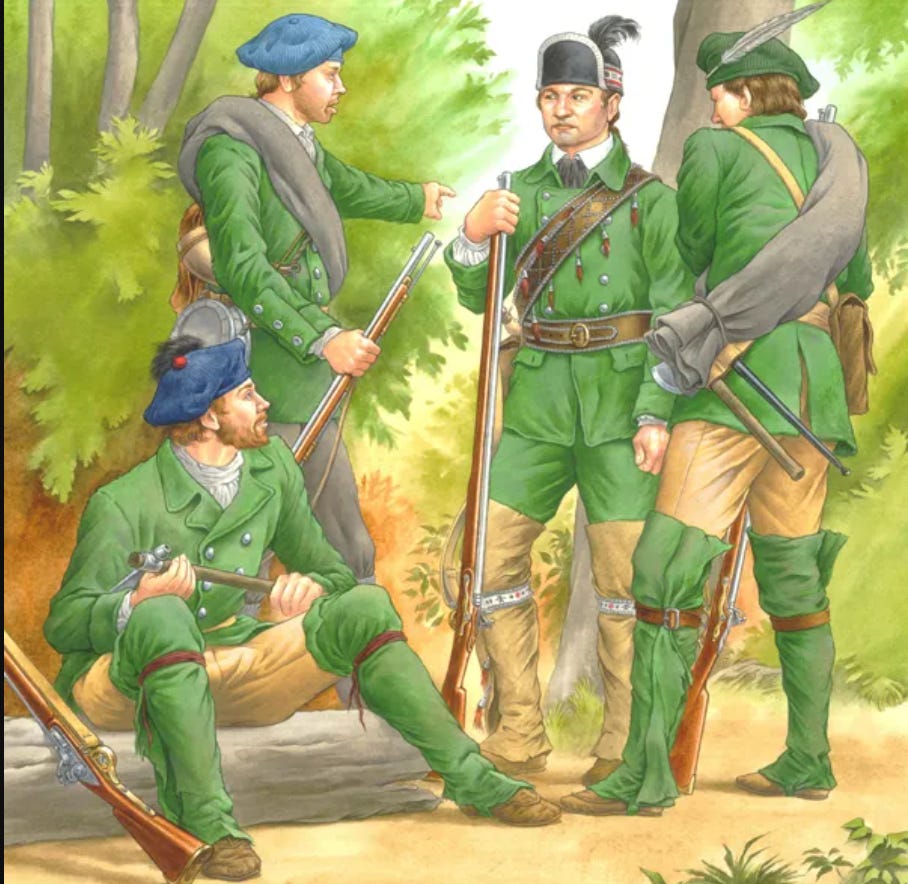
“Rogers was known as Wobi Madaondo – ‘the White Devil’ – and the fearsome reputation of his men, pioneering 18th-century commandos, laid the foundations for modern special forces,” reports Military-History.org. “Ranger units in the United States Army are issued with instructions based on Rogers’ practical and reliable orders.”
Several sources say that Capt. John Parker was a member of Rogers’ Rangers. He’s best known for leading 77 Minutemen to confront more than 700 British Redcoats at Lexington Common on that “Glorious Morning for America.
The heroic Lexington Seventy-Seven. America’s very own Spartan 300.
“Don’t fire until you see the whites of their eyes,” is a phrase from the Battle of Bunker Hill two months later often attributed to Parker at Lexington.
It’s likely Parker issued a similar order to his men, and that the legendary phrase in the annals of American warfare came from a known source.
It’s a tactic, in the face of an overwhelming force, straight from the influential “Rogers’ Rules of Ranging” of 1757.
Rule No. 13: “When pushed upon by the enemy, reserve your fire until they approach very near.”
The Lexington Minutemen were immediately overwhelmed and scattered. Parker then displayed deft command of Rogers’ Rules of Ranging.
Redskins outrage was cancel-culture con, ignited by group with cartoon-clown Native caricature mascot
Rule No. 10: “If the enemy is far superior, the whole squad must disperse and meet again at a designated location. This scatters the pursuit and allows for organized resistance.”
Parker rallied his survivors, calmed their nerves, refocused their spirits and set up an ambush to meet the Brits on their march back to Boston.
The Redcoats were turned back sooner than expected by an overwhelming number of Minutemen at Concord – and marched right into Parker’s shooting gallery.
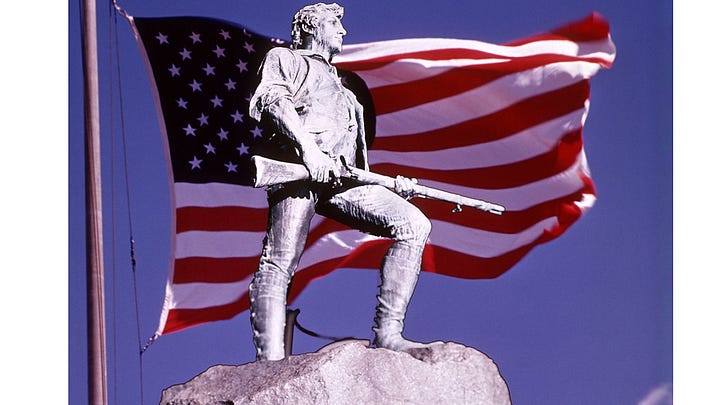

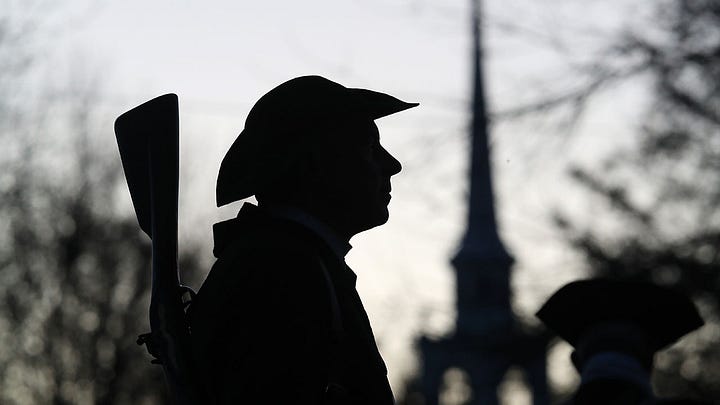
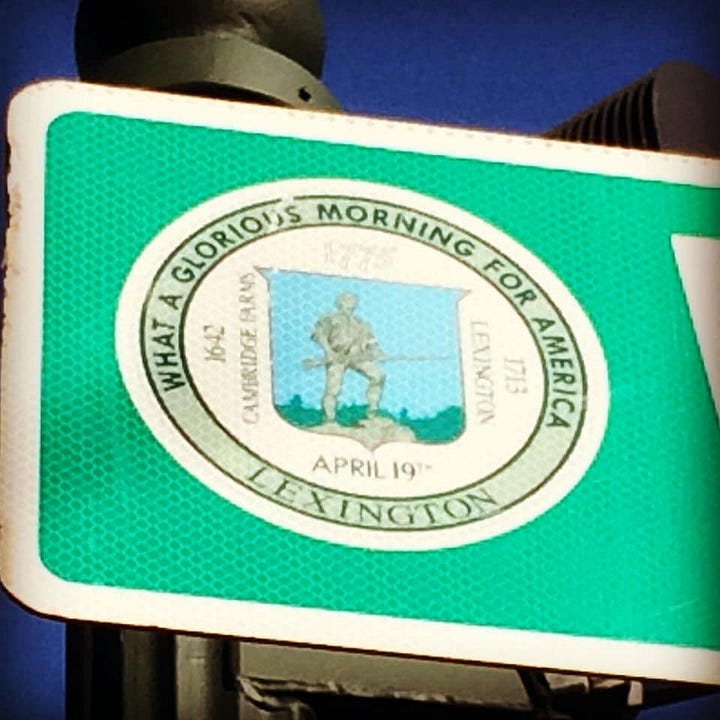
“If the stand on the Green was meant as a show of resolve more than an invitation to battle,” reports the National Park Service, “the fight on the town border in the afternoon was the real thing.”
It’s known today as Parker’s Revenge. The American Minutemen attacked the shell-shocked Redcoats by similar means while chasing them all the way back to Boston.
Heroic Minutemen, armed with native battle techniques, carried the day on that Glorious Morning for America.





